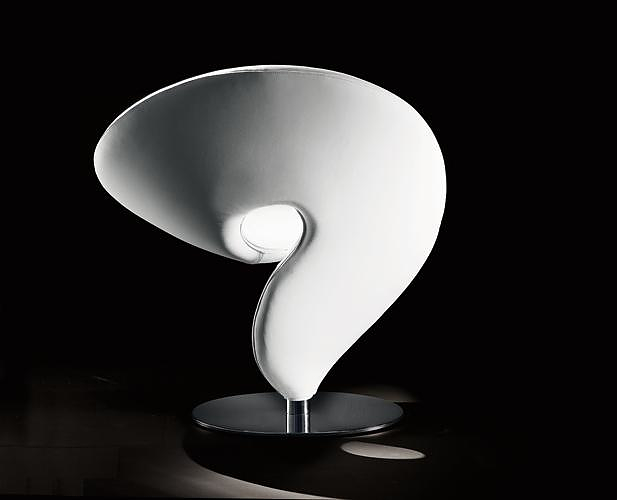Is NanoCell worth buying?
Is NanoCell worth buying?
In a nutshell, thanks to their innovative technology, NanoCell TVs have eye-catching benefits like: ... Nano Accuracy:
Superior picture quality at wide viewing angles means everyone can enjoy each scene, even when sitting or standing to the side of the TV.
Which is better OLED QLED or LED?
In theory,
OLED TVs should offer better overall eye comfort than QLED and any other LCD-based screen, because OLED produces significantly less blue light than LED-backlit QLED TVs.
Is Nano better than OLED?
Which is Better, OLED or NanoCell? In most applications,
OLED displays are better because they can individually turn off pixels, have near instant reponse times, wider viewing angles, and better color accuracy. NanoCell is better for use in bright areas, and when there is the risk of image burn-in from a static image.
Is NanoCell worth it over LED?
OLED offers better image quality, better gaming performance, lower power consumption, deeper blacks, brighter whites, and gorgeous color. The NanoCell, however, is better for use in brighter rooms and doesn't come with the risk of burn-in that OLED has. NanoCell TVs are also
much cheaper than OLED TVs.
Is Samsung led better than Qled?
QLED TVs are essentially LED TVs but with a quantum-dot filter between the LED backlight and LCD layer, which helps produce better colours. As a result, QLED TVs
have better colours and brightness than LED and most OLED TVs, but stop short of the contrast levels and deep blacks that OLED TVs offer.
Is it worth buying a Qled TV?
QLED TVs are
worth buying if you stream movies, games, or shows regularly. If you are looking for a TV with an enhanced brightness display, the layer of quantum dots helps to achieve additional vibrancy compared to a traditional LCD image. Opt for models Q70T and up for the best value for your money.
Which is better Qled or OLED or nano cell?
QLED Televisions have a higher level of brightness and better colours than LED and many OLED TVs. ... Other than that, One Plus, Vu, and TCL also make QLED TVs in India after sourcing panels from Samsung. The NanoCell TV. The advanced design of NanoCell technology results in precise image quality.
Is NanoCell mini LED?
LG has crammed in up to 30,000 LED lights and 2,500 local dimming zones into the 86-inch model. These are not small TVs, with the sizes ranging from a 65-inch right up to an 86-inch model. ...
Is LG nano cell better than LED?
NanoCell offers better image quality and dynamic range than other LED TVs with bright, vivid, accurate colors. The accurate colors of a NanoCell TV result in a sharp, detailed image. NanoCells have a mid-range price (about half the price of an OLED TV). NanoCell TVs don't fade like traditional LCD screens.
Is full array LED better than Qled?
It offers
better dimming than direct LED panels but not as good as full-array panels. If you are looking for a budget TV, try to opt for a full-array LED panel to get better contrast and colours. ... QLED TV can be simply called LED backlit with quantum-dot LCD TVs. And this is not the same OLED.
Which is better nano or OLED?
Which is Better, OLED or NanoCell? In most applications,
OLED displays are better because they can individually turn off pixels, have near instant reponse times, wider viewing angles, and better color accuracy. NanoCell is better for use in bright areas, and when there is the risk of image burn-in from a static image.
How long does a QLED TV last?
roughly 7-10 years
Samsung itself has given a likely time frame for its QLED televisions, saying that you can expect a QLED TV to last you
roughly 7-10 years before you start to see some sort of visual degradation – while stressing that that includes the heavier use expected from smart TVs these days.
